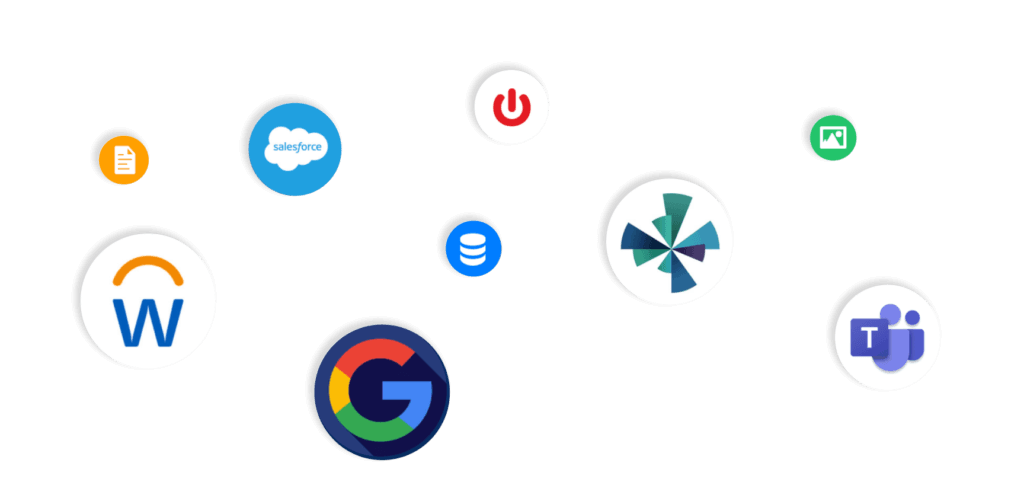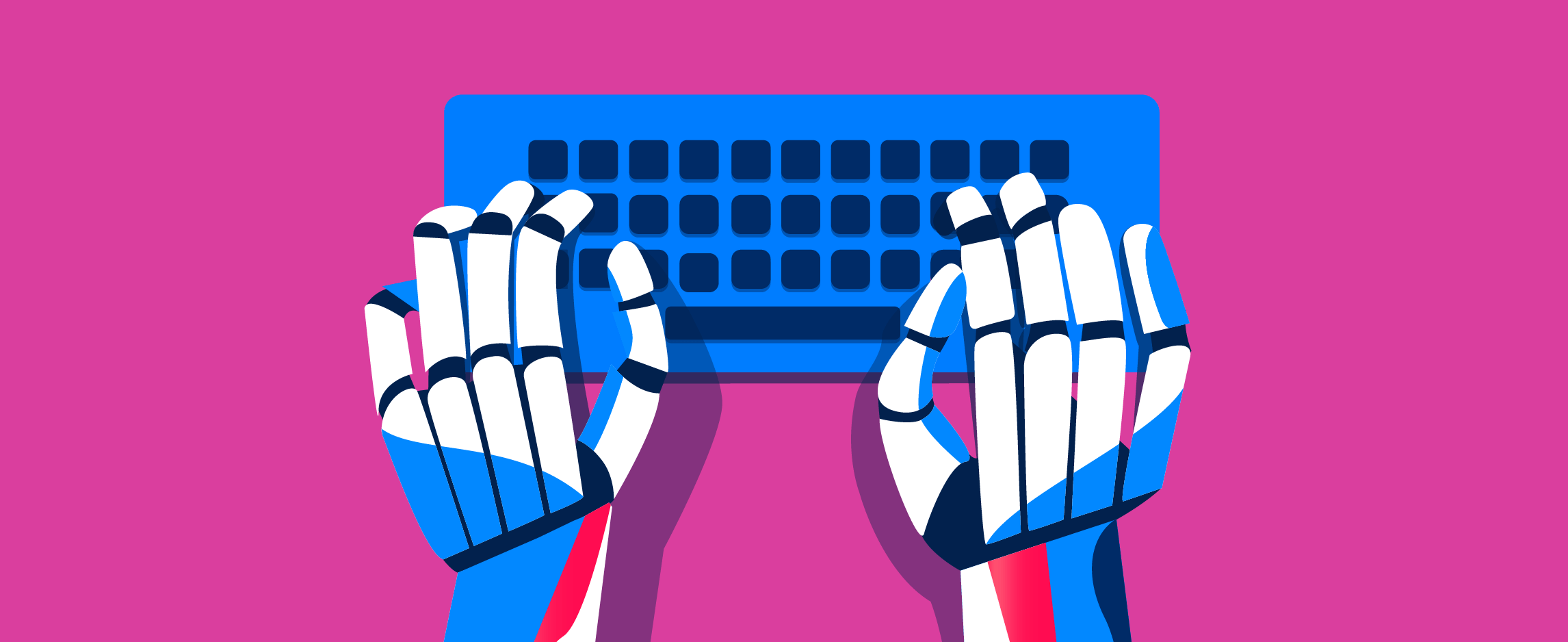Make the right choice.
Like any other new technology solution, there isn’t a one-size-fits-all that works with every single organization. To make the right selection, you must know what type of support role you want your chatbots to fill and what features are most important to your organization.
To build or to buy?
Many chatbot vendors do license out their platforms to allow clients to build and customize their chatbot. However, there is a required skill set for creating the right chatbot for your business needs. On the other hand, a pre-built chatbot might not have all the functionalities you require. Invariably, the choice is yours whether you want to go the DIY route or opt for a pre-built solution. Whichever route you choose, the most critical aspect of any successful chatbot implementation is working with an experienced vendor.
What about integrations?
Depending on how your company needs the chatbot to function, it should have the ability to integrate with other features such as search, payments, RSS feeds, and even subscriptions. Often, chatbots are used on high-traffic social platforms. In this scenario, the chatbot should be able to integrate with the social media platform of your choice.

Support for varying forms of chatbots.
It’s vital to have an idea of whether your selected platform is robust enough to solve every pain point your organization has. Take a look at the chatbot’s features, and work with your vendor to determine which platform is best depending on your target audience, functionality, and context.
Will it learn?
You’ll save your organization a lot of time, energy, and money if you don’t have to constantly teach the system yourself. With machine learning, the chatbot can progressively learn what it needs to do and how to continually do it better.
What if your chatbot doesn’t have the right response?
Of course, accurate and timely responses will improve your customers’ overall experience. However, what’s also important—perhaps equally or even more important—is how your chatbot will handle failure. Can it fail gracefully, particularly regarding consequential information? With robust NLP and savvy conversational UI, users will enjoy a good experience, even when the chatbot falls short.
What about security?
Like any other software, threat actors will try to find vulnerable backdoors and exploit them for their personal gain. Customer data, especially financial data, is in high demand for hackers. In this case, it’s important to invest in a solution that has proven safeguards against potential attacks. As security threats constantly shift, it’s crucial to deploy a chatbot solution that’s extensible and can receive updates whenever necessary.
Does it understand and speak your users’ language?
Natural language processing makes it possible for some chatbots of today to understand and respond to questions much like a coworker or support staff would.
Not only should your chatbot understand your users’ words, it should also employ language that’s aligned with the everyday vernacular of your region and industry. When a chatbot too heavily relies on pre-defined, static content, users rightly become less engaged—and, of course, the less users are engaged, the less ROI you’re realizing.



